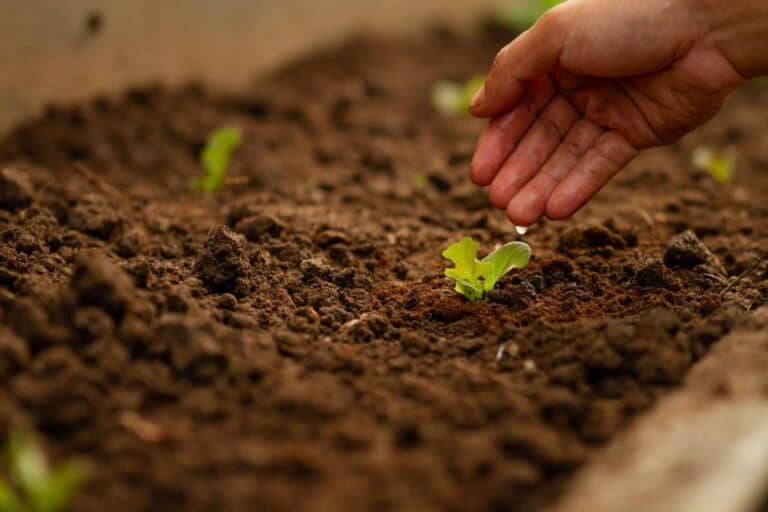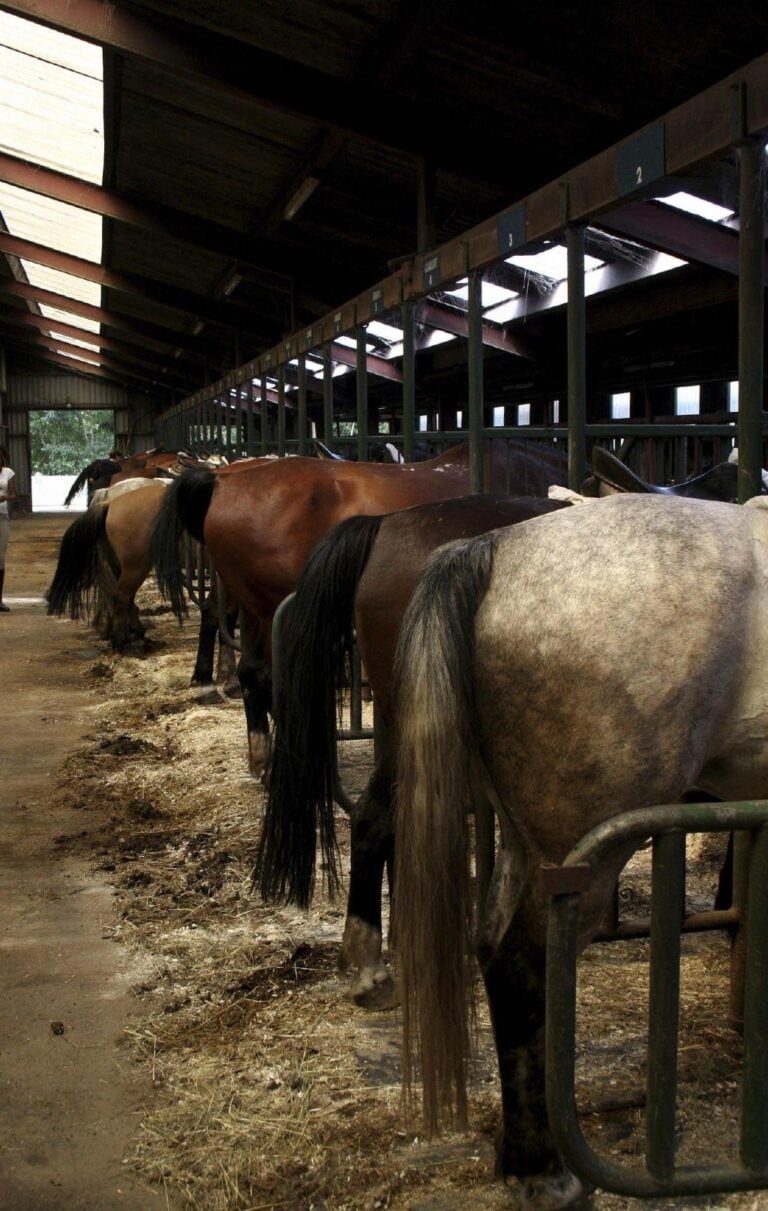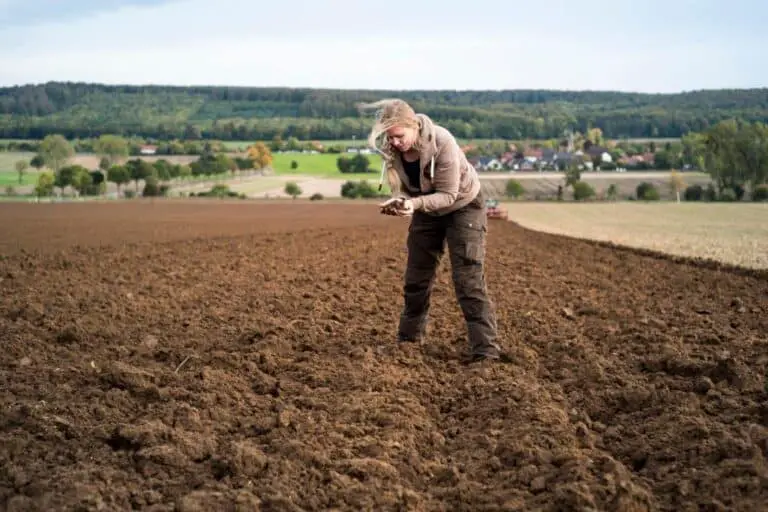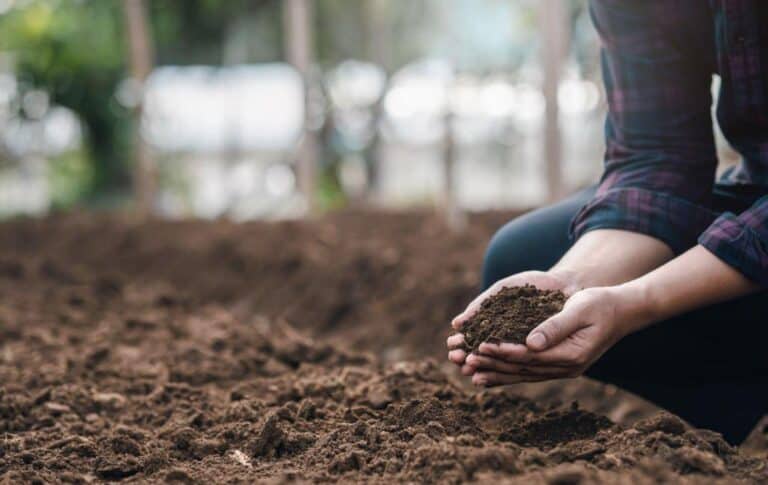How Much Soil is Needed to Grow Sweet Peas? (Depth and Spacing)

Sweet peas (Lathyrus odoratus) are beloved for their delicate blooms and sweet fragrance, making them a popular choice among gardeners. Growing these pretty flowers successfully requires attention to soil depth. You must space them well to ensure the best growth and blooming.
Have you ever wondered how much soil it takes to cultivate those delicate and fragrant sweet pea flowers in your garden? The amount of soil directly affects their root development and overall health.
In this article, we’ll explore the specific soil needs for growing sweet peas, including optimal soil depth and volume. Learn these essentials. Then, you’ll create the perfect home for your sweet pea plants to thrive and bloom.
Understanding Sweet Peas Growth Requirement
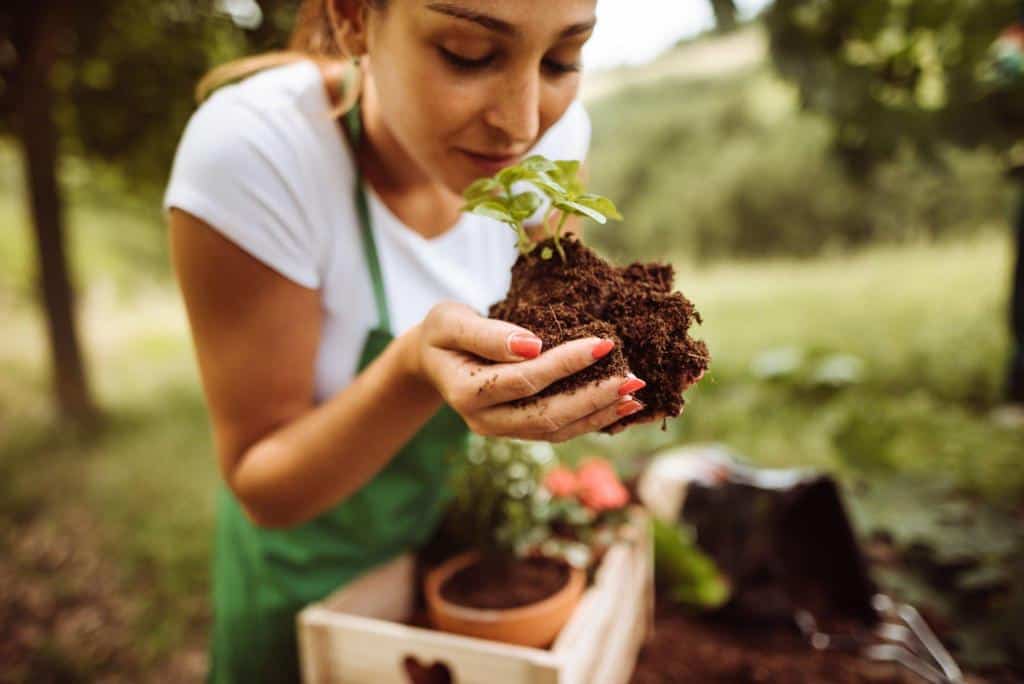
You must understand sweet peas’ needs. This is key to growing these charming, fragrant flowers well. Sweet peas thrive in well-drained soil rich in organic matter.
They prefer a slightly alkaline pH, ideally between 7.0 and 7.5. Before planting, adding compost or aged manure is helpful. It improves soil structure and fertility, creating a nutrient-rich environment for robust growth.
Moisture management is crucial for sweet peas. They need consistent watering, especially during dry spells, but the soil should never be waterlogged. Over-watering can lead to root rot, while under-watering can stunt growth and reduce flower production. Using mulch around the plants can help keep soil moist. It also regulates temperature and stops weeds. This creates a more stable place for plants to grow.
Sunlight is another vital factor. Sweet peas require full sun or partial shade to bloom abundantly. They should receive at least six hours of direct sunlight daily. However, in very hot climates, some afternoon shade can prevent the plants from getting scorched. It will also ensure they stay healthy and strong all growing season.
Supporting sweet peas is important, as they are climbing plants. Installing trellises, stakes, or netting allows plants to grow up. This promotes better air flow and prevents disease. Regularly tying the vines to the supports and removing spent flowers encourages continuous blooming and helps maintain a tidy, attractive garden display.
Soil Depth for Sweet Peas
Soil depth is crucial for sweet pea growth. It provides space for roots to expand and take up nutrients. Here’s a breakdown of the soil depth requirements for cultivating healthy sweet peas:
- Container Gardening:
- When growing sweet peas in containers or pots, choose containers that are at least 6-8 inches deep. This depth allows enough room for the roots to spread. It ensures good drainage, which is key for preventing waterlogging.
- Raised Beds:
- For those opting for raised beds, aim for a soil depth of at least 12 inches. This depth fits the vigorous roots of sweet peas. It gives enough soil for keeping moisture and spreading nutrients.
- In-Ground Planting:
- When planting sweet peas directly in the ground, prepare the soil to a depth of 6-8 inches. Loosen the soil well. Add organic matter to it. This will help roots grow well and make the plant strong.
Soil Spacing for Sweet Peas
Proper spacing between sweet pea plants not only facilitates healthy growth but also improves air circulation, reducing the risk of diseases such as powdery mildew. Here’s how to space your sweet peas effectively:
- Vertical Support Consideration:
- Sweet peas are climbing plants that require vertical support, such as trellises or netting. Space plants 6-8 inches apart along the support structure to allow them to climb without overcrowding.
- Row Spacing:
- If planting sweet peas in rows, maintain a spacing of 12-18 inches between rows. This spacing ensures adequate access for maintenance activities like watering, mulching, and harvesting.
- Companion Planting:
- Consider planting sweet peas with companions. This will maximize space and enhance garden biodiversity. Plants like carrots, radishes, and beans can be mixed with sweet peas. This uses space well and helps soil by rotating crops.
| Read: How Much Soil and Dirt Do Radishes Need to Grow? |
Importance of Soil Preparation for Planting Sweet Peas
Before planting sweet peas, you must prepare the soil well. Good soil is essential for growth. Follow these steps to prepare the soil effectively:
- Loosening the Soil:
- Use a garden fork or a tiller to loosen the soil to the desired depth. This process improves soil aeration, drainage, and root penetration. It creates a good environment for sweet pea roots.
- Amending with Organic Matter:
- Incorporate well-rotted compost or aged manure into the soil to enrich its nutrient content. Organic matter improves soil. It helps with structure, fertility, and water-holding. This promotes strong sweet pea growth.
- pH Level Consideration:
- Sweet peas thrive in slightly acidic to neutral soil with a pH range of 6.0-7.5. Test the soil pH and amend as necessary using organic amendments or pH-adjusting agents to create an ideal growing medium.
Maintenance Tips for Healthy Sweet Peas
To ensure your sweet peas flourish throughout the growing season, consider these maintenance tips:
- Regular Watering: Keep the soil consistently moist, especially during dry spells, to support healthy growth and flowering.
- Mulching: Apply a layer of organic mulch around sweet pea plants to conserve soil moisture, suppress weeds, and regulate soil temperature.
- Deadheading: Remove faded flowers promptly to encourage continuous blooming and prevent seed formation, prolonging the flowering period.
- Fertilization: Feed sweet peas with a balanced fertilizer high in phosphorus (P) to promote flowering and potassium (K) for overall plant health. Apply fertilizer like wood ash according to package instructions to avoid over-fertilization.
Conclusion
Successfully growing sweet peas hinges on understanding their soil depth and spacing requirements. By giving enough soil depth, good spacing, and optimal soil prep, you can grow healthy sweet pea plants. They will reward you with many blooms and delightful fragrance all season. Implement these guidelines in your garden to enjoy the beauty and charm of sweet peas in full bloom.

